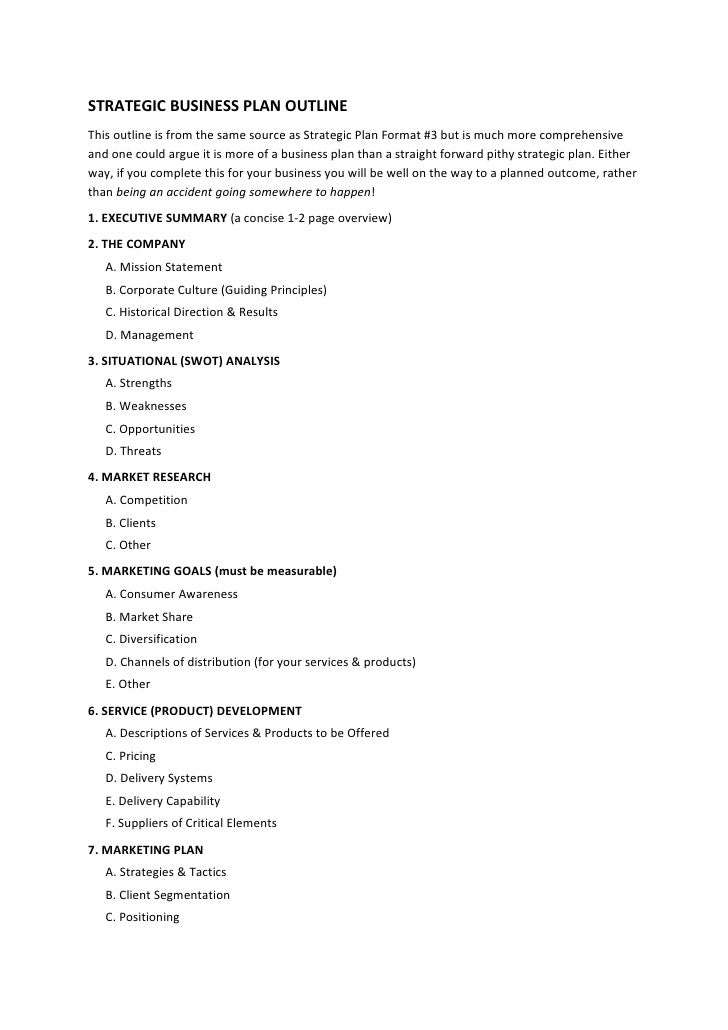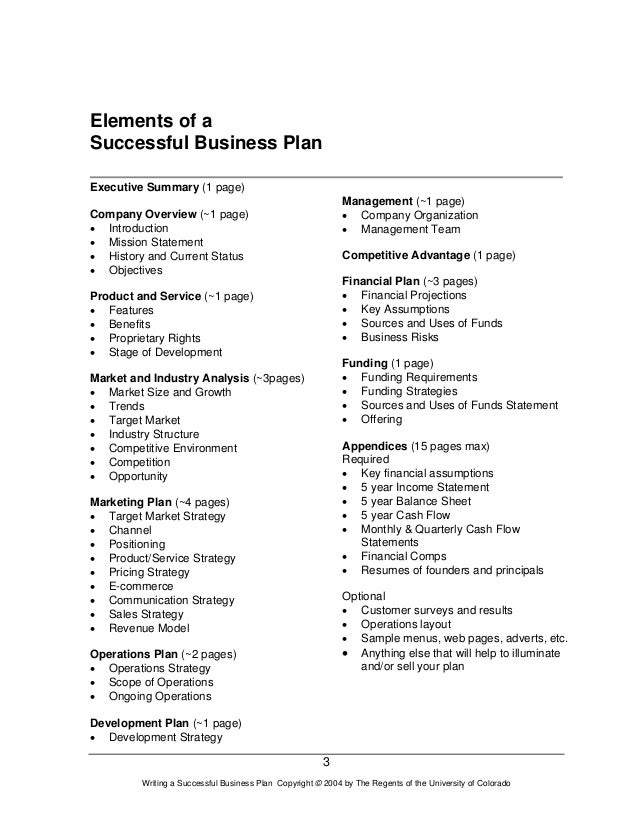- How To Write A Business Plan For A Small Business
- How To Write A Business Plan Template
- Business Plan Template
- How To Write A Business Plan To Start Your Own Business
- How To Write A Business Plan Fi
- How To Write A Business Plan For A Food Truck
Every needs to have a written . Whether it’s to provide direction or attract , a business plan is vital for the success for your organization. But, how do you write a business plan?
The question shouldn’t be IF you write your plan, but how to write a business plan that will take your company where you want to go. Your business plan is essentially your answers to a. Many people see writing a business plan as a 'necessary evil' required to attract financing or investors. Instead, see your plan as a no-cost way to explore the viability of your potential.
SBA.gov recommends that a business plan include:
- Executive summary -- a snapshot of your business
- Company description -- describes what you do
- - research on your industry, market and competitors
- Organization and -- your business and management structure
- Service or product -- the products or services you’re offering
- and -- how you’ll market your business and your sales strategy
- Funding request -- how much money you’ll need for next 3 to 5 years
- -- supply information like balance sheets
- Appendix -- an optional section that includes résumés and permits
However, getting started may be difficult to do. So, here are seven steps for writing a perfect business plan.
How To Write A Business Plan For A Small Business
1. Research, research, research.
How To Write A Business Plan Template
“Research and analyze your product, your market and your objective expertise,” William Pirraglia, a now-retired senior financial and management executive, has written. “Consider spending twice as much time researching, evaluating and thinking as you spend actually writing the business plan.
“To write the perfect plan, you must know your company, your product, your competition and the market intimately.”
In other words, it’s your responsibility to know everything you can about your business and the industry that you’re entering. Read everything you can about your industry and talk to your .
Related: Do You Really Need a Business Plan?
2. Determine the purpose of your plan.
A business plan, as defined by Entrepreneur, is a “written document describing the nature of the business, the sales and , and the financial background, and containing a projected profit and loss statement.” However, your business plan can serve several different purposes.
Business Plan Template
As Entrepreneur notes, it’s “also a road map that provides directions so a business can plan its future and helps it avoid bumps in the road.” That’s important to keep in mind if you’re self-funding or bootstrapping your business. But, if you want to attract investors, your plan will have a different purpose and you’ll have to write a plan that targets them so it will have to be as clear and concise as possible. When you define your plan, make sure you have defined these goals personally as well.

Related: 3 Apps to Help You Write a Business Plan
3. Create a company profile.
Your company profile includes the history of your organization, what products or services you offer, your target market and audience, your resources, how you’re going to solve a problem and what makes your business unique. When I crafted my company profile, I put this on our About page.
Company profiles are often found on the company’s official website and are used to attract possible customers and talent. However, your profile can be used to describe your company in your business plan. It’s not only an essential component of your business plan; it’s also one of the first written parts of the plan.
Having your profile in place makes this step a whole lot easier to compose.
Related: Conducting a Market Analysis for Your Business Plan
How To Write A Business Plan To Start Your Own Business
4. Document all aspects of your business.
Investors want to make sure that your business is going to make them money. Because of this expectation, investors want to know everything about your business. To help with this process, document everything from your expenses, cash flow and industry projections. Also, don’t forget seemingly minor details like your location strategy and licensing agreements.
Related: How Do I Build a Business Plan? (Infographic)
5. Have a strategic marketing plan in place.
A great business plan will always include a strategic and aggressive marketing plan. This typically includes achieving marketing objectives such as:
- Introducing new products
- Extending or regaining market for existing products
- Entering new territories for the company
- Boosting sales in a particular product, market or price range. Where will this business come from? Be specific.
- Cross-selling (or bundling) one product with another
- Entering into long-term contracts with desirable clients
- Raising prices without cutting into sales figures
- Refining a product
- Having a content marketing strategy
- Enhancing manufacturing/product delivery
“Each marketing objective should have several goals (subsets of objectives) and tactics for achieving those goals,” states Entrepreneur.
“In the objectives section of your marketing plan, you focus on the ‘what’ and the ‘why’ of the marketing tasks for the year ahead. In the implementation section, you focus on the practical, sweat-and-calluses areas of who, where, when and how. This is life in the marketing trenches.”
Of course, achieving marketing objectives will have costs. “Your marketing plan needs to have a section in which you allocate budgets for each activity planned,' Entrepreneur says. It would be beneficial for you to create separate budgets for for internal hours (staff time) and external costs (out-of-pocket expenses).
Related: Why You Must Have a Business Plan
6. Make it adaptable based on your audience.
“The potential readers of a business plan are a varied bunch, ranging from bankers and venture capitalists to employees,” states Entrepreneur. “Although this is a diverse group, it is a finite one. And each type of reader does have certain typical interests. If you know these interests up-front, you can be sure to take them into account when preparing a plan for that particular audience.”
How To Write A Business Plan Fi

For example, bankers will be more interested in balance sheets and cash-flow statements, while venture capitalists will be looking at the basic business concept and your management team. The manager on your team, however, will be using the plan to “remind themselves of objectives.”
Because of this, make sure that your plan can be modified depending on the audience reading your plan. However, keep these alterations limited from one plan to another. This means that when sharing financial projections, you should keep that data the same across the board.
Related: 7 Steps To A Winning Business Proposal

7. Explain why you care.
Whether you’re sharing your plan with an investor, customer or team member, your plan needs to show that you’re passionate and dedicated, and you actually care about your business and the plan. You could discuss the mistakes that you've learned, list the problems that you’re hoping to solve, describe your values, and establish what makes you stand out from the competition.

How To Write A Business Plan For A Food Truck

When I started my payments company, I set out to conquer the world. I wanted to change the way payments were made and make it easier for anyone, anywhere in the world to pay anyone with few to no fees. I explained why I wanted to build this. My passion shows through everything I do.
By explaining why you care about your business you create an emotional connection with others so that they’ll support your organization going forward.
